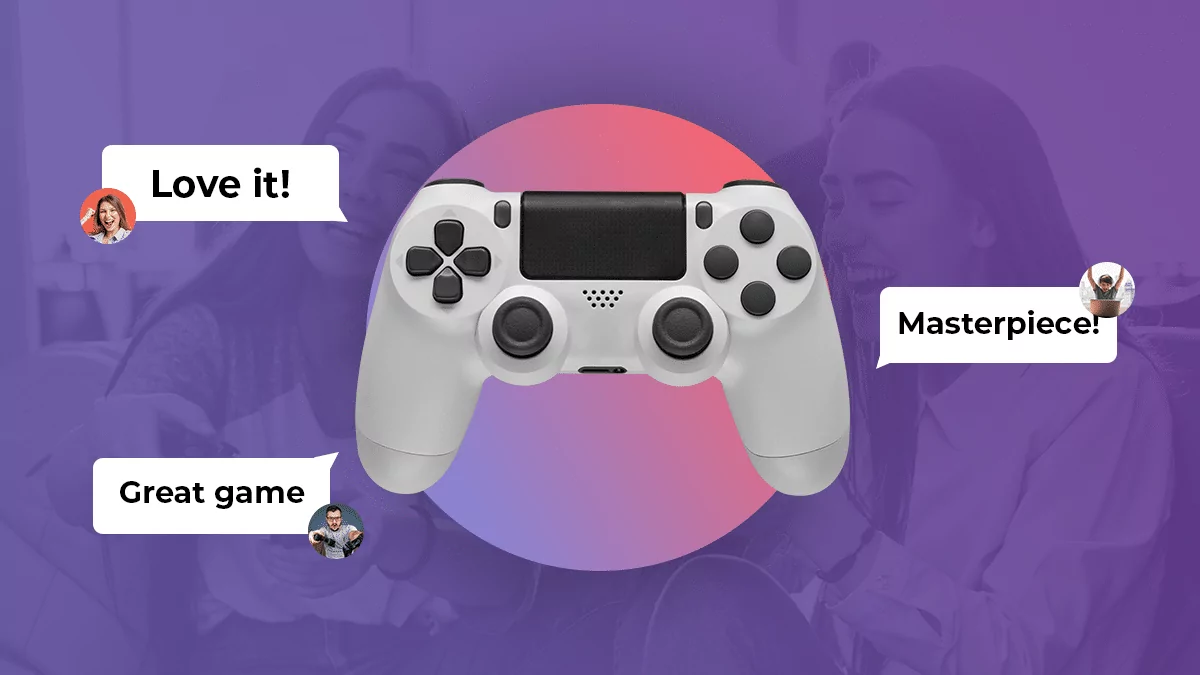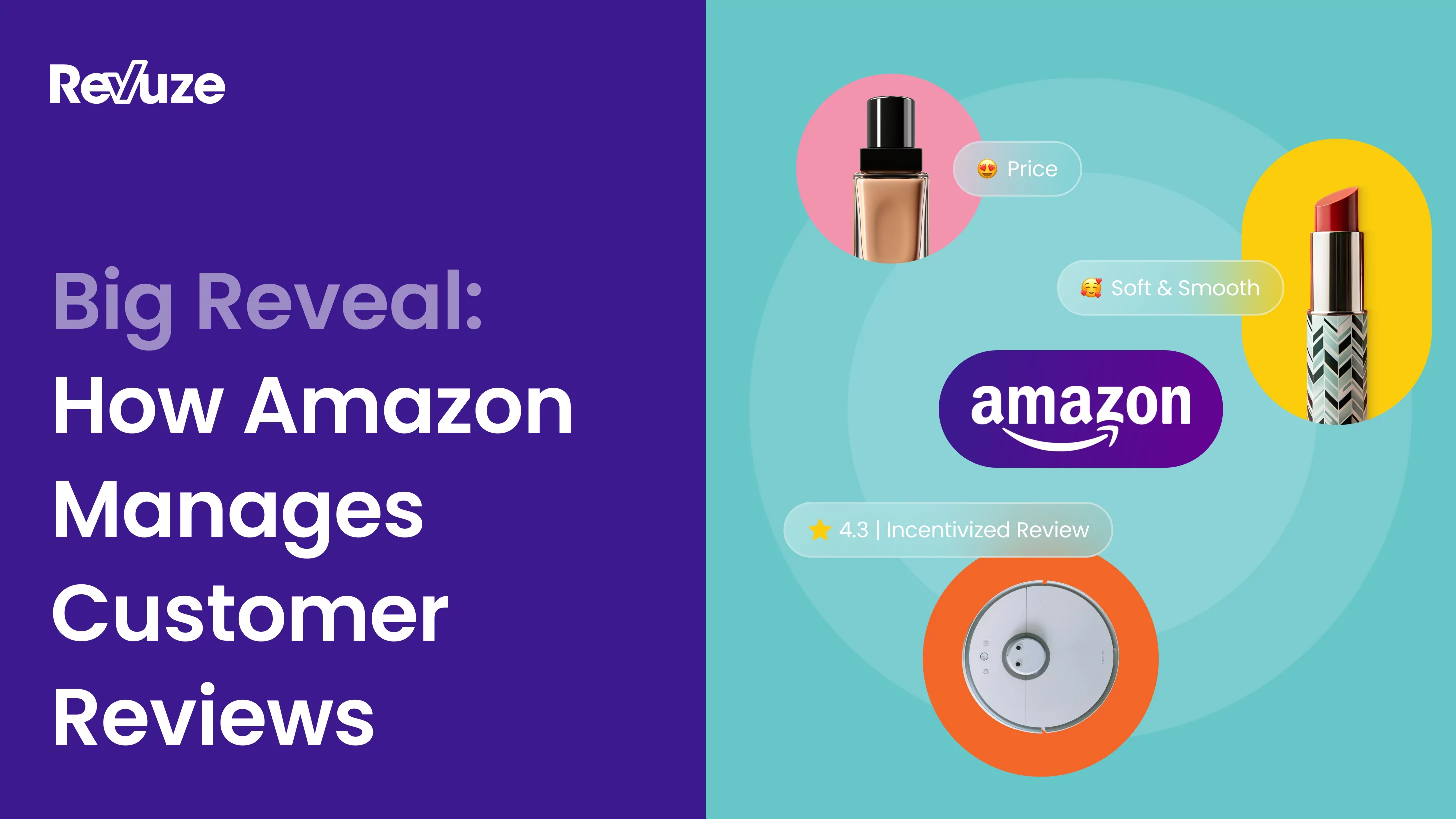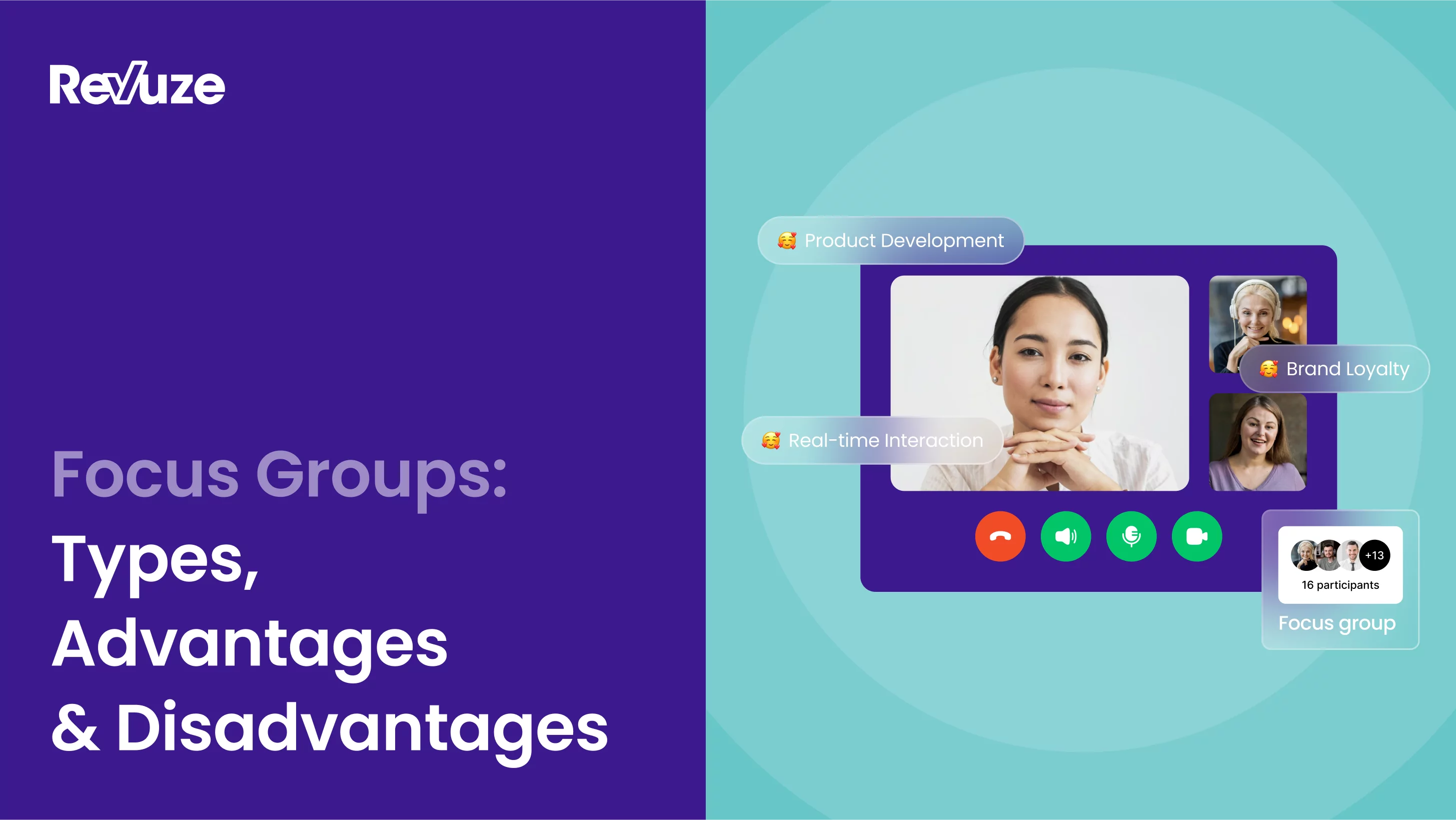
Mobile Game Reviews
Online ratings and mobile game reviews matter to eCommerce, as they directly impact conversions and sales. We’d like to now highlight the golden insights that hide in these opinions, specifically for gaming companies.
There’s plenty of research showing how more reviews and better star ratings drive more purchases. Here’s one recent research from the Spiegel Research Center showing that leveraging reviews can increase online conversion by 270% and that reviews by verified purchasers (vs anonymous) can bump up purchase likelihood by an additional 15%.
This is why brands encourage customers to leave reviews and provide feedback. Not many brands are religious about mining valuable insights from these opinions, and here’s why they should.
Based on our experience in market research for mobile games. We see 4 key areas of feedback for online games when analyzing online opinions in app stores or other online resources:
- Brand feedback (like/hate)
- Product feedback (This works, that doesn’t)
- Commercial experience (Points, gifts, ads, prices)
- Customer service (Instructions, specs)

- Brand feedback
While this is the most generic aspect of the feedback, brands should still know and care about what is said about them, about their competitors and how they are faring and trending.
Typical topics talked about by consumers under this domain are:
- Overall satisfaction
- Would you recommend?
- Meets Expectations
- Price/Value for Money
- Quality
Example sentences here would be “It’s got great games good quality and very addictive” or “That’s junk software”.
These types of feedback can help brands understand overall perception, analyze the trends of perception in different areas across time, and also benchmark themselves against competitors and the industry in general
- Product feedback
Here is where things get interesting. You get to learn in details what consumers appreciate or not in the game experience. Again, here as well you can compare to the industry and competitors and also explore trends.
Typical topics talked about by consumers under this domain are:
- Ease of Use
- Colors
- Customer Wishlist
- Game Speed
- Gaming Experience
- Group Play
- Music
Example sentences here would be “Love all the colors and animals” or “I hope you could add the chat function in the next upgrade”.
These types of feedback can help brands improve the game experience, add desired capabilities, analyze the trends of game satisfaction in different areas across time, and also benchmark themselves against competing games
- Commercial experience
Here you will get to learn in details what consumers appreciate or not in the commercial experience around your game – purchasing, upgrading, ads etc. Again, here as well you can compare to the industry and competitors and also explore trends.
Typical topics talked about by consumers under this domain are:
- Advertisements
- Casino Chips
- Frauds & Scams
- Game Money
- Gifts
- Payouts
- Points & Rewards
- Promotions
Example sentences here would be “Great game good payouts” or “Bombarded with advertising to buy more chips or this or that”.
These types of feedback can simply help brands grow revenue as well as improve customer loyalty
- Customer service feedback
Customer Experience is the battlefield of modern consumers. Here you’ll get to learn what consumers appreciate or not in the service level that they are getting from your team etc. Here, too, you can compare to the industry and competitors and also explore trends.
Typical topics talked about by consumers under this domain are:
- Instructions
- Learning Curve
- Loyalty
- Refund policy
- Updates & Upgrades
- Support
Example sentences here would be “Had a problem with some points I emailed the staff and they took care of it right away” or “I keep getting the update notice but when I hit the update button it says update pending and will not load”.
This type of feedback can help brands improve customer experience and loyalty
Conclusion
Game makers should take the time to stop and listen to the crowd, talking about their games and the competing games. There’s so much to learn around the brand, the game, the customer service and the pricing model and with this information, you can take your game to the next commercial level.
 All
Articles
All
Articles Email
Analytics
Email
Analytics








 Agencies
Insights
Agencies
Insights